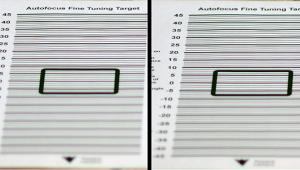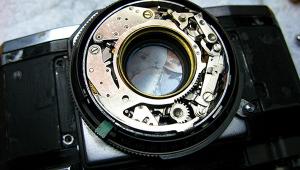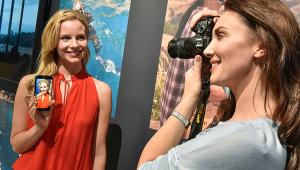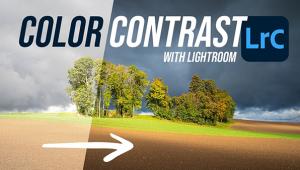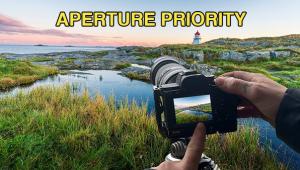What’s So Normal About a Normal Lens?: There’s Really a Lot of Variation in Standard Lenses

It wasn’t so long ago when every camera came with what’s called a normal lens. This, of course, didn’t refer to its mental health, but to the fact that it was the default lens that every photographer would find useful or, in the days before interchangeable lenses, would be stuck with.
Of all the lenses out there, the ones that seem to garner the least interest are these white-bread workhorses. That’s a pity, because in the real world, workhorses can do…a lot of work. And while you may have a zoom covering the “normal” focal length and therefore figure you don’t need a separate, fixed-focus normal lens, allow me to argue otherwise.
First off, what is a normal lens? A lot of websites will suggest that it’s one whose focal length is equal to the diagonal measure of your sensor. However, if you have a full-frame camera, the sensor diagonal measures 43mm, whereas your normal lens has a 50mm focal length. So forget that definition.
A more cerebral characterization of a normal lens is that it has a field of view matching your eyes. As we’ve noted, human vision measures roughly 100 degrees vertically by 200 degrees horizontally. Again, for a full-frame camera, that would require a lens with a 17mm focal lens. If you consider that normal, you probably also consider Jeffrey Dahmer normal.
My personal opinion is that the real answer is that these lenses produce “normal-looking” photos. Now that might strike you as a cowardly tautology, but consider: a full-length portrait of your best bud viewed on a monitor will typically subtend an angle of about 30 degrees. However, if you’re posing someone for such a portrait, you’ll often have them stand about 10 feet in front of you. At this distance, they also subtend roughly 30 degrees. In other words, the image on your retina will be the same for the pose as for the viewing.
So to easily bag an extremely common type of picture—a random hominid standing in front of a random, iconic landmark—you’ll want a lens with a field of view of about 40 degrees (to allow a little slop above and below the subject). That’s in vertical—or portrait—mode, of course. For full-frame cameras, that works out to a 53mm focal length. I rest my case.
OK, so aside from this geometric quibbling, why should you invest the big bucks in a normal optic when the kit lens that came with the camera covers the same focal length?
Well, first off, the bucks are seldom big, certainly not when compared to the price of a 14mm wide angle or a field artillery telephoto. In addition, they’re generally the fastest lenses in any manufacturer’s lineup. That’s useful in dim light or if you’re a bokeh fiend.
In addition, and despite the second mortgage that was necessary for that exotic fisheye, tele, or 10x zoom, your normal lens is almost certainly sharper than any of them.
Finally, there’s the matter of perspective. As nearly everyone has noticed, telephotos “stack up” foreground and background, and wide angles emphasize their separation. But the facts are, they don’t really do this—you could theoretically blow up a photo made with your wide-angle lens and get the same perspective as with that long tele lens, except for the fact that the individual pixels, as well as the limited resolution of any lens, would ruin the effort.
Normal lenses don’t contain any secret sauce with regard to perspective. It’s just that under a very wide range of circumstances, these moderate focal length lenses produce a type of framing that is pleasing, and doesn’t call attention to the optics.
When I was young and indigent, having only one lens was simply a fact of the universe. I knew it was limiting, but on the other hand it was a kind of enforced convenience. There was no need (translation: possibility) to carry other glass around, or miss the perfect moment while I tried to affix a different optic to my camera.
The exotic is always tempting, but if you’re into experimenting, try putting your normal lens on the camera for a weekend. You might find that you pay more attention to the pictorial content, and less to zooming in and out. And if you don’t have a normal lens…well, that’s simply not logical, Captain.

Seth Shostak is an astronomer at the SETI Institute who thinks photography is one of humanity’s greatest inventions. His photos have been used in countless magazines and newspapers, and he occasionally tries to impress folks by noting that he built his first darkroom at age 11. You can find him on both Facebook and Twitter.
- Log in or register to post comments


